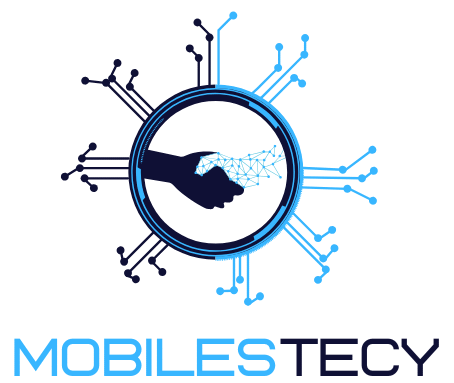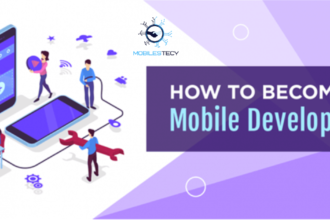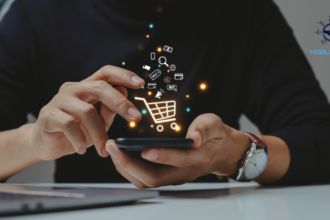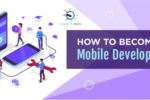Mobile healthcare technology is transforming how patients access essential medical services. Smartphones, tablets, and wearables now deliver care beyond traditional hospital boundaries. Remote consultations and monitoring tools have revolutionized chronic disease management worldwide. From rural villages to urban centers, mHealth bridges critical healthcare access gaps. The growing use of mobile devices empowers patients to manage their health.
Advances in mobile health allow real-time tracking of vital health indicators. These tools enable early diagnosis, intervention, and continuous patient-provider communication. Apps provide reminders, medication tracking, and support for mental and physical health. Mobile healthcare technology reduces costs and improves care quality across all demographics. Increased connectivity has brought healthcare services to underserved and isolated populations.
The mHealth revolution is driven by innovation, accessibility, and user engagement. As technology evolves, healthcare is shifting to personalized, digital, and remote models. Mobile platforms support preventive care, reducing hospital visits and emergency admissions. Patients enjoy more control over their health data and daily choices. With mobile tools, healthcare becomes proactive, data-driven, and more widely available.
Benefits of Mobile Healthcare Technology
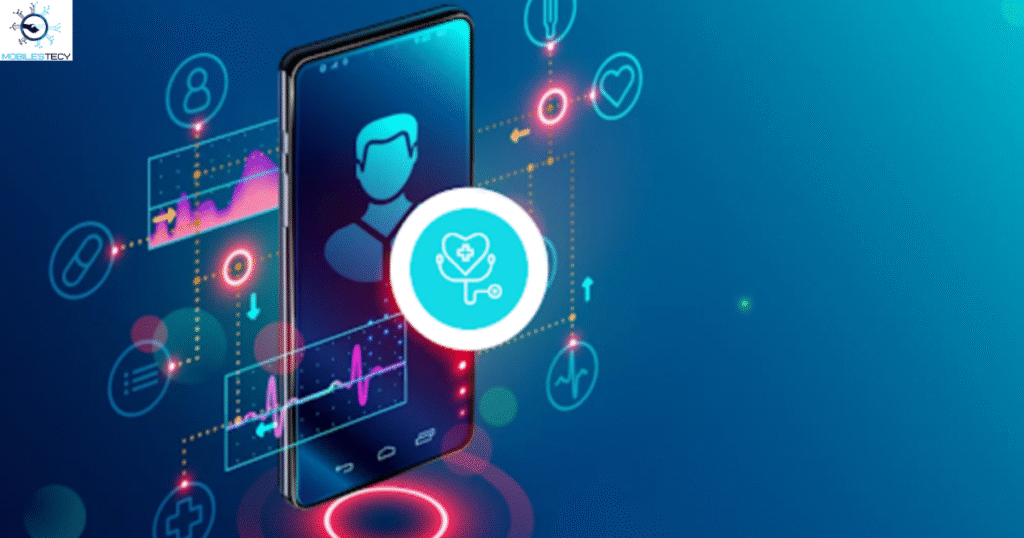
Mobile healthcare brings medical services directly to people in remote locations. Patients no longer need to travel far to access quality care. Telemedicine platforms connect doctors and patients using secure video and messaging tools. This technology improves convenience, reduces wait times, and increases treatment adherence. People gain timely help, improving health outcomes and preventing severe complications.
Mobile apps support chronic condition management with reminders, trackers, and alerts. Conditions like diabetes, hypertension, and asthma benefit from continuous health monitoring. Wearables detect irregularities early, prompting users to seek timely medical attention. This proactive approach helps prevent emergencies and lowers hospital readmission rates. Long-term care becomes more effective with consistent health data and feedback.
Healthcare costs are reduced by limiting unnecessary clinic and emergency visits. Early detection and prevention avoid costly treatments and hospitalizations down the line. Patients with mobility issues save money and stress using digital consultations. Insurers and health systems benefit from streamlined operations and better efficiency. Mobile healthcare proves valuable economically for both providers and patients alike.
- Mobile healthcare apps provide quick access to doctors anytime and anywhere.
- Wearable devices track heart rate, steps, sleep, and overall physical activity.
Mobile Apps for Chronic Disease Management
Mobile apps help users manage chronic conditions like diabetes and hypertension. They offer medication reminders, daily logs, and direct communication with doctors. These tools improve self-care and promote healthier lifestyle changes over time. Patients gain insights that encourage routine monitoring and early medical response.
Most apps include visual charts that track trends in vital health data. Users can share reports with providers to guide treatment adjustments easily. Some apps provide educational content to increase disease understanding and control. Continuous tracking helps prevent complications and reduces emergency hospital visits.
Popular Mobile Healthcare Technologies
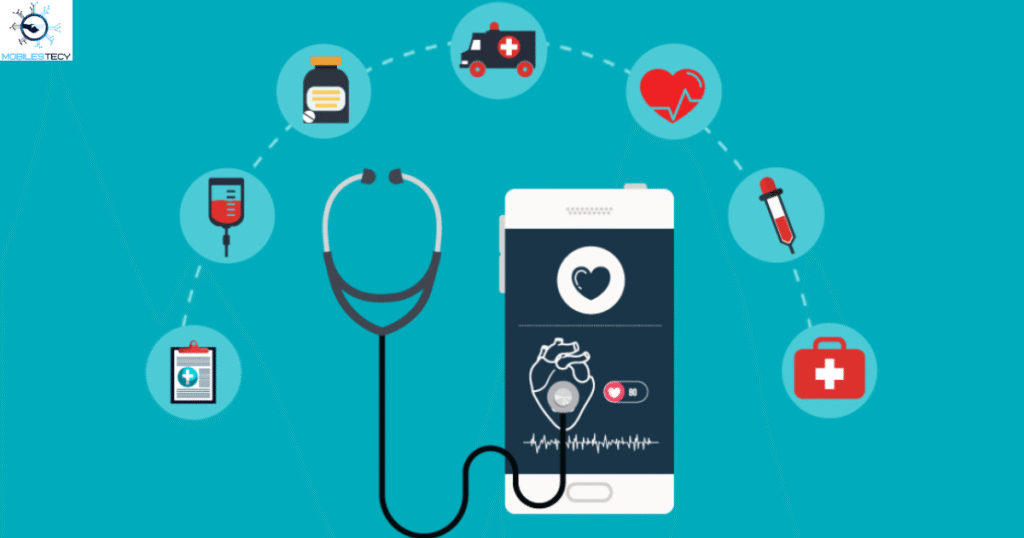
Telemedicine apps allow users to schedule and attend virtual doctor appointments. Video consultations are ideal for follow-ups, minor illnesses, and mental health therapy. Platforms like Teladoc and Amwell are now widely used worldwide. These apps offer quick access to specialists, reducing delays and confusion. Such services are especially vital during pandemics or medical staff shortages.
Wearable devices track vital signs like heart rate, oxygen, and sleep. Smartwatches from Apple, Fitbit, and Garmin support daily health awareness. Data is synced to mobile apps for easier analysis and sharing. Users monitor fitness goals, manage stress, and detect abnormalities in real time. These tools help both individuals and doctors monitor ongoing health conditions.
AI-powered health apps provide personalized insights based on collected health data. With Babylon Health, symptoms can be checked and risks assessed. Mobile diagnostic kits are now available for instant medical testing. Portable ECGs and ultrasounds improve care in clinics and field settings. Such innovations make diagnostics faster, cheaper, and more widely accessible.
- Mobile Health tools reduce healthcare costs by minimizing unnecessary hospital visits.
- Patients receive real-time alerts for abnormal readings and health emergencies.
Wearables and Real-Time Health Monitoring
Wearable devices monitor heart rate, sleep quality, activity levels, and more. Smartwatches and fitness bands sync data automatically to connected mobile applications. This enables users and physicians to spot changes in health patterns quickly. Alerts can notify users of irregular readings or health risks immediately.
Advanced wearables now include features like ECG and blood oxygen sensors. These tools detect signs of conditions such as arrhythmia or sleep apnea. Real-time monitoring allows faster responses to potential medical emergencies or declines. Such innovations empower people to stay aware and proactive about health.
Challenges and Future of Mobile Healthcare
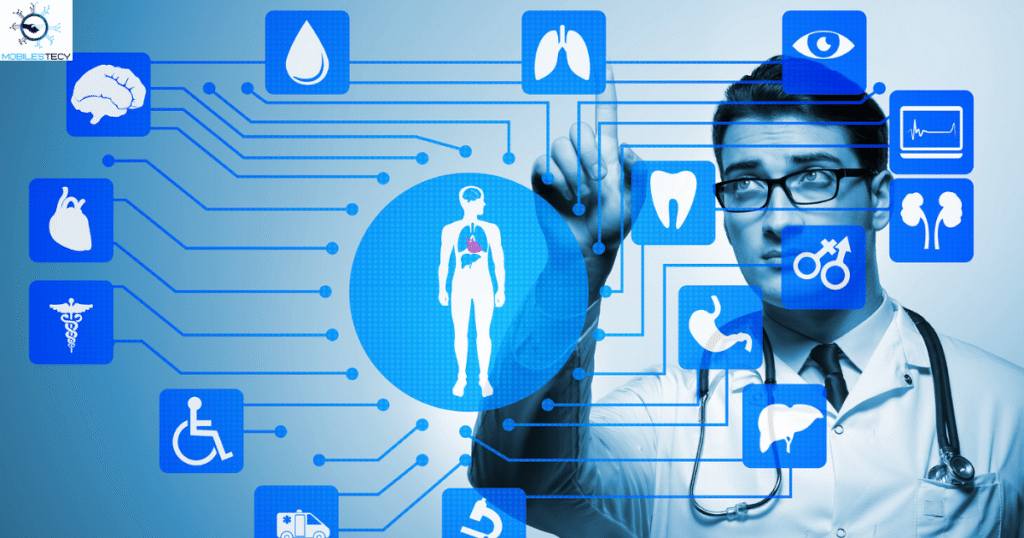
Security remains a major issue in handling sensitive personal health information. Unauthorized access or data breaches could cause privacy violations and legal risks. Strong encryption, authentication, and compliance frameworks must be enforced globally. Patients must trust that their digital health data is safe and secure. Without privacy protections, mHealth adoption may slow or even reverse growth.
Access inequality is a barrier for many elderly or low-income individuals. Some lack smartphones, internet service, or the skills to use apps. This digital divide limits the reach of mobile healthcare solutions globally. Public programs and training must support inclusion in underserved communities. Healthcare must remain fair, equitable, and available to all populations.
The future of mHealth includes AI, 5G, and real-time diagnostics. Faster networks will enable better remote monitoring and high-definition video consultations. Wearables will become smarter, predicting health issues before symptoms even start. Blockchain may enhance data security and patient control over health records. These advancements will continue transforming healthcare into a personalized digital experience.
- Chronic disease apps assist with medication reminders, diet logging, and symptoms.
- Telemedicine allows remote diagnosis and care through secure video and messaging.
The Role of Telemedicine in Modern Healthcare
Telemedicine connects patients with doctors using smartphones, tablets, or computers. It eliminates travel time and reduces delays in accessing medical expertise. Common conditions can be assessed and treated through virtual video consultations. It’s especially helpful for elderly, disabled, or rural area patients.
Telehealth services expanded rapidly during the COVID-19 pandemic and beyond. They now cover mental health counseling, chronic care, and prescription renewals. More providers integrate telemedicine to improve efficiency and patient satisfaction. The technology will remain essential in future healthcare delivery systems.
- Mobile platforms increase engagement by educating users about their conditions.
- AI-powered apps provide instant symptom analysis and risk level suggestions.
- Cloud-based records improve coordination between healthcare providers and patients.
- Digital tools support underserved communities lacking local medical facilities.
- The future of mobile healthcare technology includes AI, IoT, and 5G.
Faq’s
What is mobile healthcare technology and how does it work today?
Mobile healthcare uses apps, wearables, and devices to deliver medical services. It supports virtual care, remote monitoring, and digital health data access.
Can mobile healthcare help manage chronic diseases like diabetes or asthma?
Yes, mobile apps help track symptoms, medications, and send timely alerts. They improve patient adherence and reduce emergency hospital visits significantly.
Is mobile healthcare technology safe and are my health records protected?
Most platforms use encryption and follow strict health data privacy regulations. Always choose apps compliant with HIPAA or GDPR security standards.
Who benefits the most from using mobile healthcare solutions and tools?
People in remote areas, seniors, and busy workers benefit the most. It offers easier access to healthcare with fewer travel and delays.
What’s the future of mobile healthcare in the next five years?
Expect more AI integration, smarter wearables, and faster remote diagnostics. 5G and IoT will enhance real-time care and global health access.
Conclusion
Mobile healthcare technology is reshaping how medical services are delivered today. It enhances access, reduces costs, and empowers patients to take control. From wearables to apps, digital tools support real-time monitoring and care. These innovations improve outcomes, especially for chronic disease and remote populations. The shift toward mobile care marks a major healthcare transformation globally.
Despite its benefits, mobile healthcare technology still faces challenges and digital inequality. Security, privacy, and access remain concerns that demand thoughtful global solutions. Healthcare systems must ensure inclusive design for all age and income groups. Proper education and training will help patients use these tools effectively. Bridging the digital divide is crucial for long-term mobile health success.
The future of mobile healthcare lies in AI, IoT, and personalization. Emerging technologies will make healthcare more predictive, connected, and patient-focused. As adoption grows, collaboration among tech developers and providers becomes essential. Mobile healthcare technology is not just a trend—it’s a lasting revolution. With continued innovation, it will redefine how the world experiences medical care.
Read more Informative Articles on Mobilestecy.com
